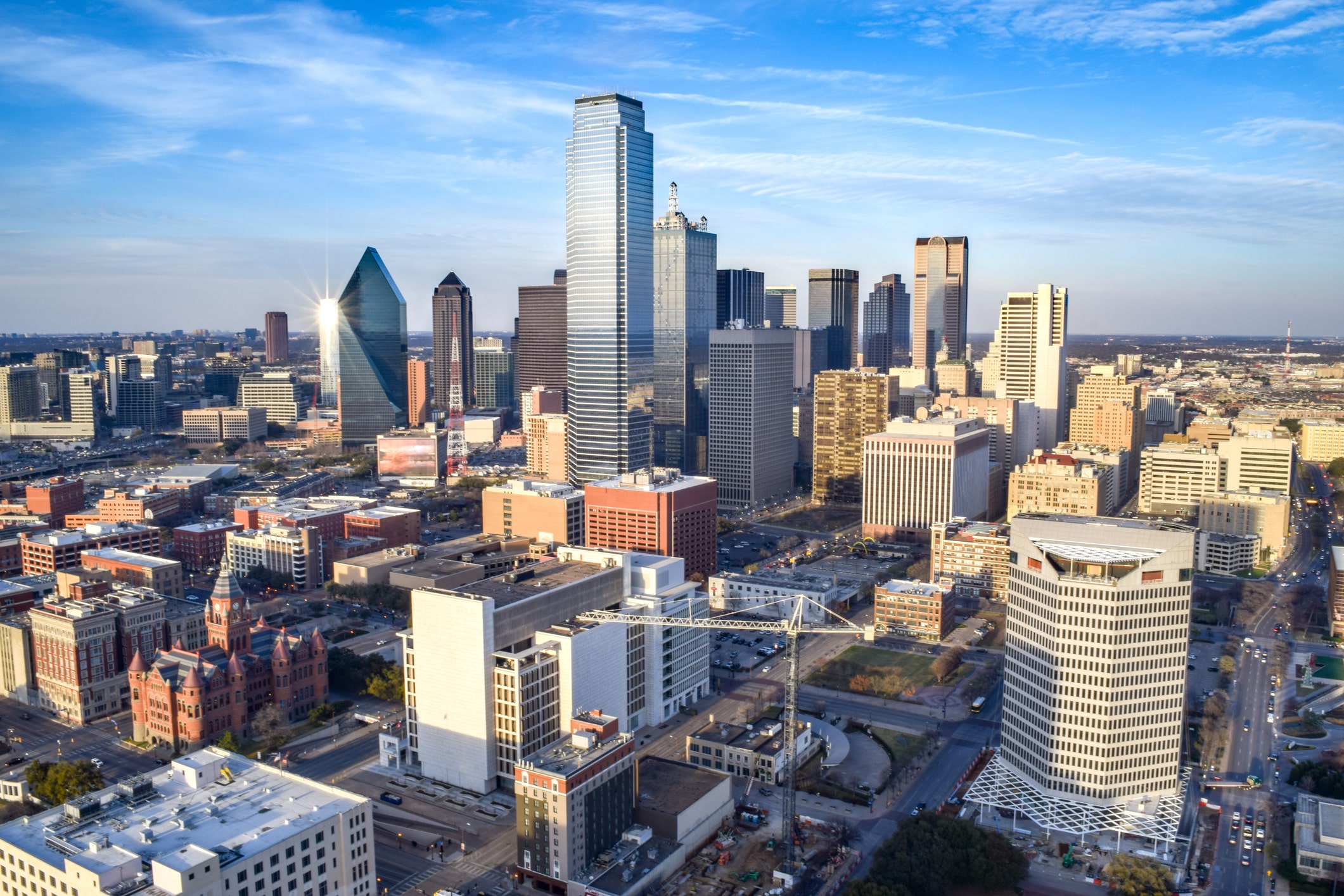(Updated January 17, 2025)
With over 1.3 million people calling it home, Dallas, Texas, is the economic heart (or should we say star?) of the Lone Star State, blending southern hospitality with big-city ambition. The “Big D” offers a mix of modern living and deep Texan roots, from the towering skyscrapers downtown to the wide-open spaces of its iconic suburbs (yes, just like the ones you — well, some of us — remember from the primetime soap opera that ruled the '80s airwaves).
In this comprehensive guide, we’ll explore what it’s like to live in Dallas, and what you need to know if you’re considering a move. We’ll cover the Dallas-Fort Worth Metroplex (DFW), how to get around, the cost of living, transportation options, weather, crime rates, schools, housing options, sports culture, recreation, and more.
Dallas-Fort Worth Explained
The “Big D” is right: The Dallas-Fort Worth Metroplex, commonly known as DFW, is one of the largest metropolitan areas in the United States, both in terms of population and physical size. Covering about 9,286 square miles, the region is larger than the entire state of New Jersey.
As of 2024, more than 8.1 million residents call the Metroplex home, making it the fourth-largest metropolitan area in the U.S. (behind New York, Los Angeles, and Chicago). It spans 11 counties in North Texas and includes its two namesake cities (Dallas and Fort Worth) along with dozens of suburbs, small towns, and local neighborhoods.
Proximity to other cities
Dallas sits at a strategic location within Texas, approximately:
- 200 miles north of Austin
- 240 miles northwest of Houston
- 325 miles south of Oklahoma City
These are some of the region’s most important cities, so Dallas is sure to keep you close to the action.
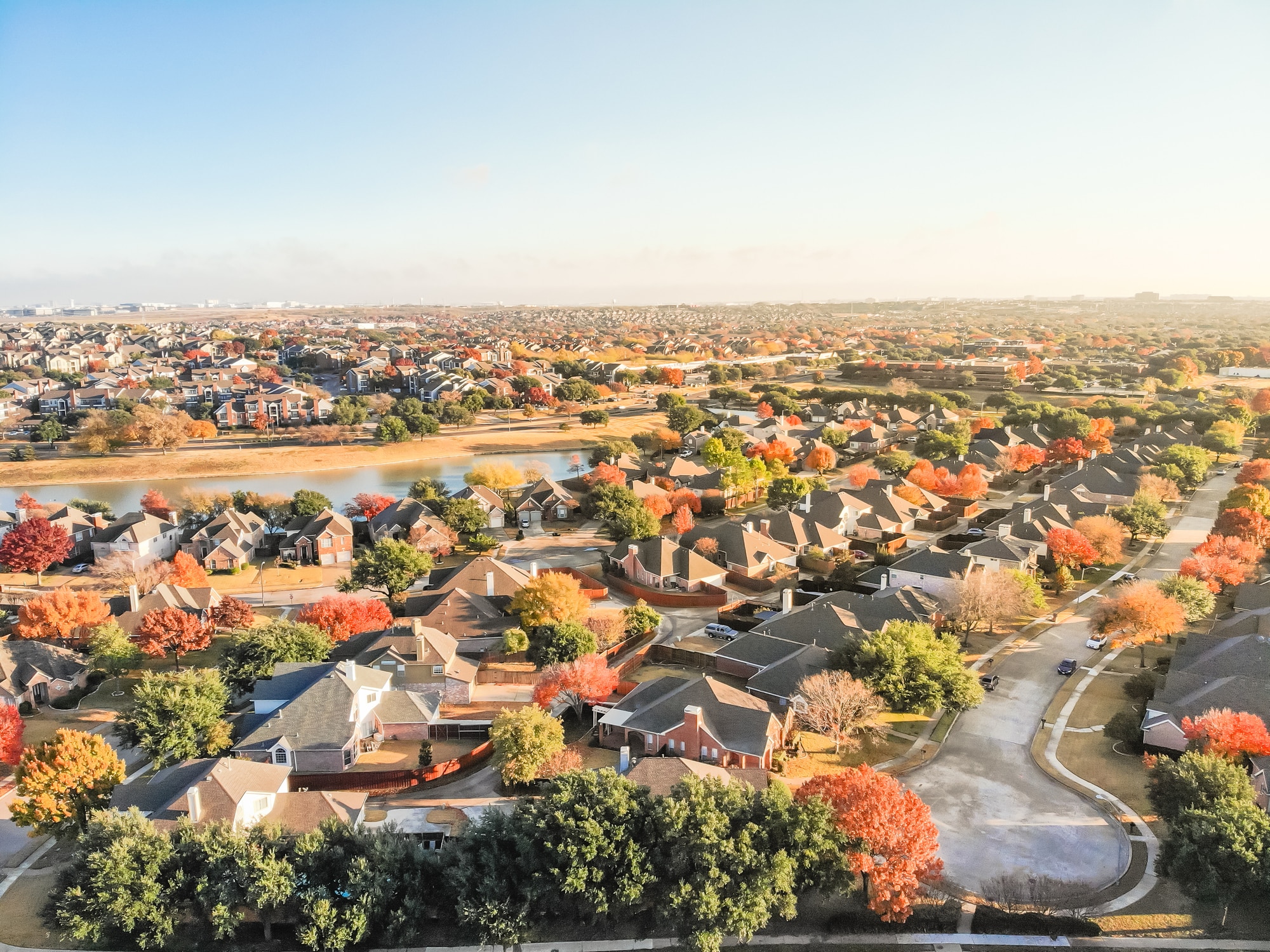
9 Things to Know About Living in Dallas
What should you know about living in Dallas? Below we’ve listed the essential information you’ll need before you making your big move.
1) Dallas has a varied cost of living
Because of its sheer size, the DFW encompasses several communities with a range of food, housing, and transit costs — something to consider when moving to Dallas. The average living costs are affordable compared to other states and the national average, while upscale neighborhoods are also available for those who want them.
The Dallas housing market options range from luxury high-rise apartments to sprawling suburban homes, depending on where you live. As of November 2024, the median cost of a home was $440,000, only slightly higher than the national average of roughly $404,000.
However, the average rent for a two-bedroom apartment is a bit more affordable. In the Dallas area, the average rent for a one-bedroom apartment is $1,393 per month (about 11 percent lower than the national average) and $1,264 in Fort Worth (about 19% lower than the national average), but rates vary widely depending on location.
One of the biggest perks of living in Texas is the lack of a state income tax, which can save residents thousands of dollars annually. However, property taxes are relatively high, averaging around 2.18% of the home’s assessed value.
2) The job market is growing
The job market in the DFW Metro is booming, which is great news for professionals moving to Dallas. According to the U.S. Bureau of Labor Statistics, non-farm employment in the DFW area increased by 58,700 over the previous year in August 2024. The unemployment rate in October 2024 sat at a healthy 3.9 percent, slightly lower than the national average of 4.1 percent during the same period.
Because of its size, Dallas houses a rather large collection of industries. These include:
Major financial services corporations, including Goldman Sachs, JPMorgan Chase, and Charles Schwab. The Wall Street Journal called Dallas “Texas’ Burgeoning Financial Hub” and noted that employment in that industry grew by 111 percent over the past 20 years.
Both AT&T and Texas Instruments have large offices in the DFW Metro, and a robust tech sector has emerged in part due to their influence.
Healthcare institutions like the UT Southwestern Medical Center and the Baylor University Medical Center also reside in this area, and their networks of hospitals, clinics, and research centers fuel jobs in the medical field.
Both American Airlines and Southwest Airlines have their headquarters in the DFW Metro.
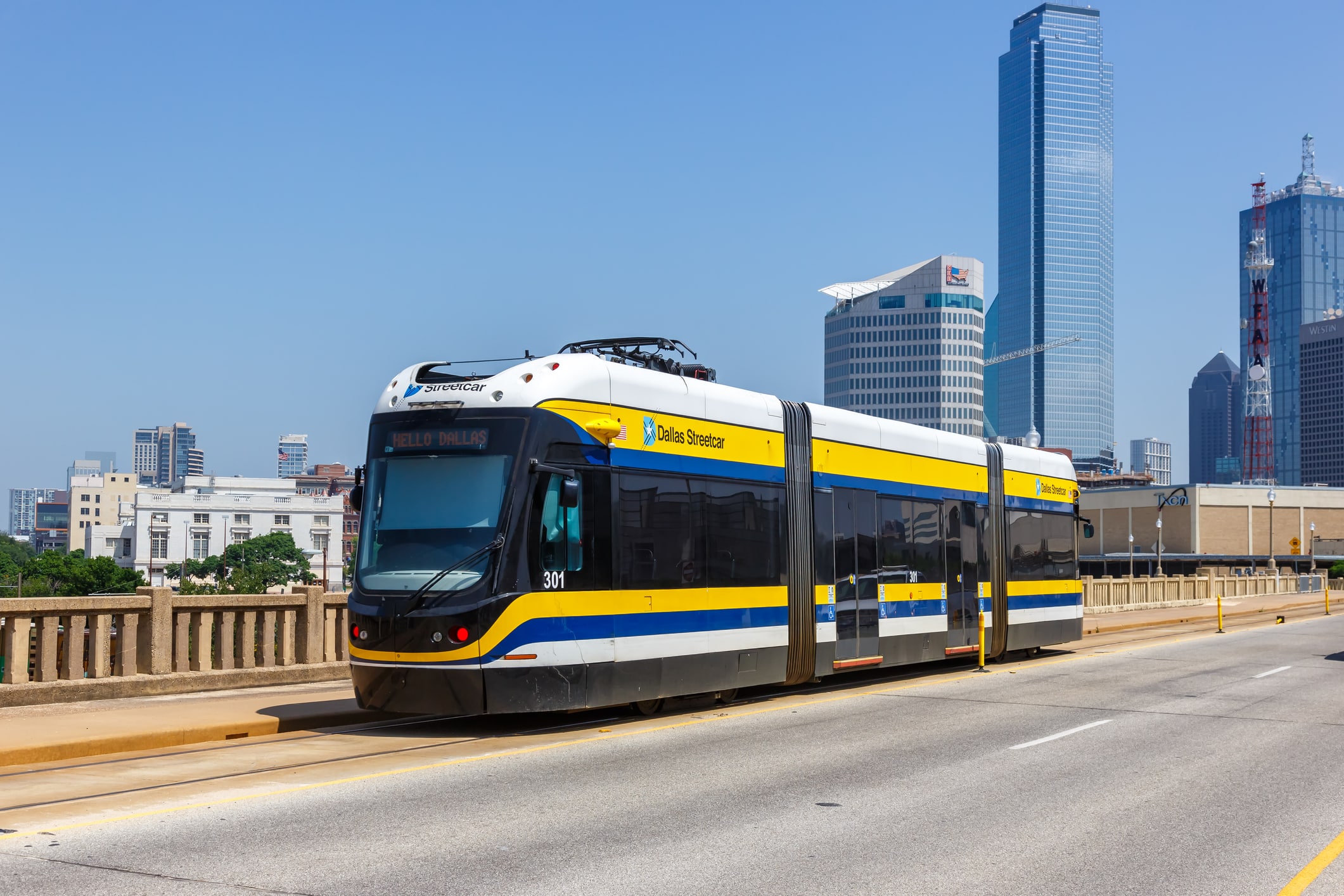
3) Transportation is easy in the DFW area (but beware of traffic)
There are three primary forms of transportation to get into (or out of) Dallas and Fort Worth, as well as several public transit options for navigating the city:
Public transportation
The primary form of public transportation around Dallas and Fort Worth is the Dallas Area Rapid Transit (DART) system, which includes buses, light rail, and trolleys in both metro areas. This 93-mile light rail connects Dallas to 12 surrounding cities and forms the backbone of an extensive bus system that includes on-demand service for specific locations.
Highways and car traffic
The DFW area suffers from significant traffic congestion. That’s common in many large cities, but if you’re considering moving to Dallas, it’s essential to understand that traffic is a major complaint for residents. Connected by major interstate highways (Interstates 30 and 20 and Highway 183), cities are relatively choked with traffic, especially from the surrounding suburbs. According to the Dallas Observer, the typical DFW commuter can expect to spend 70 hours in traffic annually.
Airports
The Dallas area boasts two airports, Dallas/Fort Worth International, a major hub for travel all over the world, and Love Field, which offers domestic flights. Both airports receive high marks from travelers, with one survey ranking them among the top five airports nationwide.
4) Weather in Dallas can get extreme
Dallas has a humid, subtropical climate characterized by hot summers and mild winters. The average high temperatures in the summer can often reach 95 to100 degrees, and while there isn’t a large amount of annual rainfall, the summer months are usually quite muggy due to the influence of the Gulf Coast. Residents living in Dallas often avoid summer activities that don’t involve air conditioning or the pool.
Unfortunately, the area is exposed to plenty of severe weather conditions because of its location. Residents experience regular severe thunderstorms and tornadoes in the spring and summer months. On the other hand, full-force hurricanes from the Gulf rarely make their way this far inland.
5) Crime in Dallas: Where are the safest neighborhoods?
Any large city is bound to have some amount of crime, but Dallas has seen a solid reduction in crime rates over the past few years. The Dallas Express reported that in Q1 of 2024, Dallas experienced its lowest violent crime rate since 2020 (with a year-over-year decrease of almost 28 percent).
That said, other forms of crime (robberies in particular) have remained relatively unchanged over the same timeframe. Overall, Dallas's crime rate is still higher than the national average, with 45 crimes per 1,000 residents (compared to about 23 per 1,000 for the national average).
Many of the safest neighborhoods in Dallas are also the most affluent. Some of the safest neighborhoods by crime rate include:
Preston Hollow
Lakewood
University Park
Northhaven Park
Conversely, certain parts of South Dallas and areas closer to downtown may have higher crime rates. Researching neighborhoods is key when planning a move to Dallas.
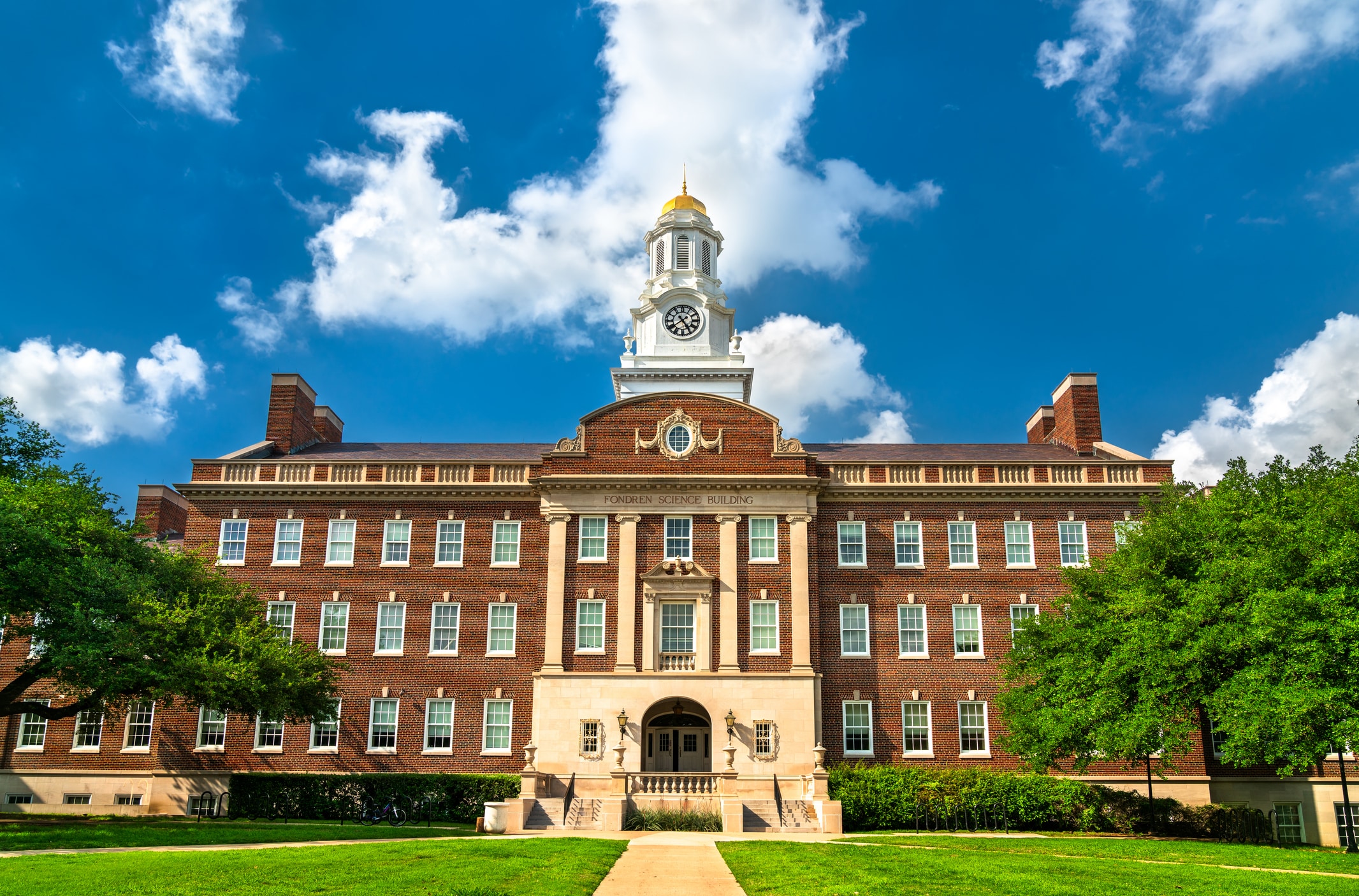
6) Education: Schools and universities in Dallas
Education is a complex subject in Texas. While many more affluent neighborhoods have fantastic school systems, those throughout the city are about average. When planning to move to Dallas, you’ll want to research school systems throughout the metro area.
A Wallethub study ranked school regions based on educational attainment, and Dallas-Forth Worth fell almost exactly in the middle (72 out of 150).
On the surface, this seems counterintuitive: several Dallas high schools (primarily from the Dallas Independent School District) are in the top rankings according to U.S. News and World Report. However, disparities in school quality based on income or region hold the area back from a higher ranking.
Top schools include:
Likewise, there are several excellent universities in or near Dallas:
Southern Methodist University (SMU) is known for its strong business and law programs.
University of Texas at Dallas (UTD) is a growing public research university.
Dallas College offers affordable community college programs.
7) The best neighborhoods and suburbs in Dallas
No matter what you’re looking for, there’s probably a neighborhood in Dallas that will fit your needs. Following are our top picks for the best places to live in Dallas:
University Park is an affluent area for professionals and students and is among the safest neighborhoods in Dallas.
Uptown Dallas is a walkable, culture-rich neighborhood for younger professionals who want to live in an urban environment without driving.
Prestonwood offers a great mix of affordability and proximity to Dallas. Families favor it due to its safety and the quality of its schools.
Alternatively, if you’re moving to Dallas and looking to live a bit further out in the suburbs, there are a few choice options:
Plano is a peaceful suburb about 20 minutes outside the city that offers a great compromise between urban accessibility and suburban quiet.
Southlake is a robust, affluent, peaceful suburb with top-rated public schools and self-contained shopping areas.
8) Sports culture is strong in Dallas
If you’re into sports, you won’t find a better location than Dallas. The city houses a professional team in nearly every league in the country.
Dallas Cowboys: “America’s Team” plays football at AT&T Stadium in Arlington.
Dallas Mavericks: Fans flock to the American Airlines Center for professional basketball.
Texas Rangers: This pro baseball team is based near Arlington at the Globe Life Field.
Dallas Stars: This top hockey team has remained competitive in the championships for the past four decades.
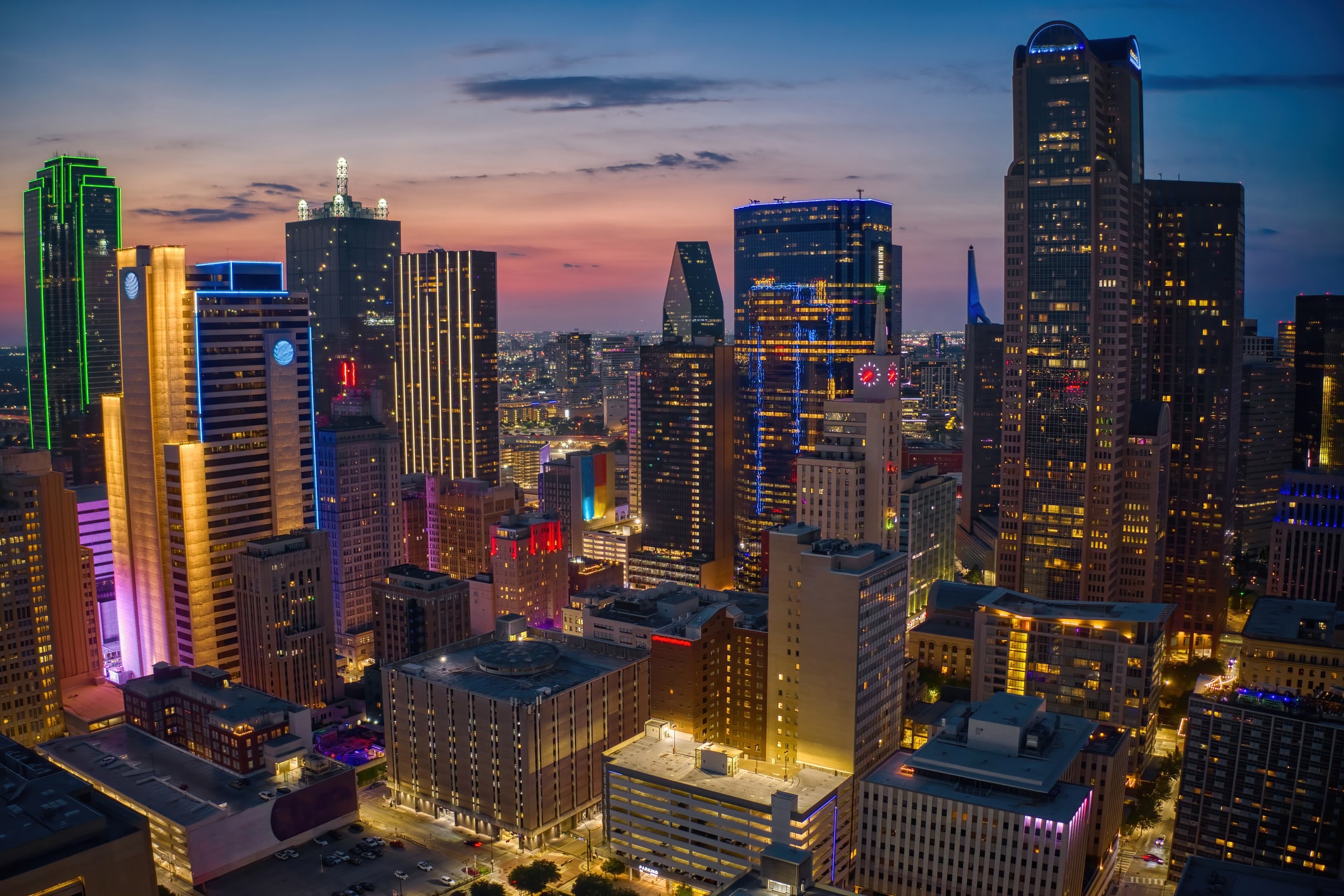
9) There are pros and cons to living in Dallas
To summarize our research, we’ve come up with a few pros and cons of living in Dallas.
Pros
Economic opportunities: A thriving job market with major employers and no state income tax
Diverse neighborhoods: A wide range of living options to suit every lifestyle throughout the Dallas housing market
Vibrant culture: Sports, arts, and culinary scenes make Dallas an exciting place to live
Cons
High property taxes: These can offset the benefit of no income tax
Traffic congestion: Commuting can be challenging in certain areas
Extreme weather: Be prepared for hot summers and occasional severe storms
Uneven education: Access to high-quality schools may be limited by your neighborhood
Ready to Make the Move to Dallas?
Moving to Dallas is a significant decision, but the benefits far outweigh the challenges for many. Whether you're drawn to the city’s booming job market, diverse culture, or vibrant neighborhoods, Dallas offers something for everyone.
Proper planning and choosing the right moving solution, however, will make your transition to life in this Texas city smooth and rewarding. A full-service mover likeColonial Van Lines can streamline major aspects of your move, from packing and loading to transport and unloading, relieving some of the stress that comes with this process. Get a free quote today to get started!

